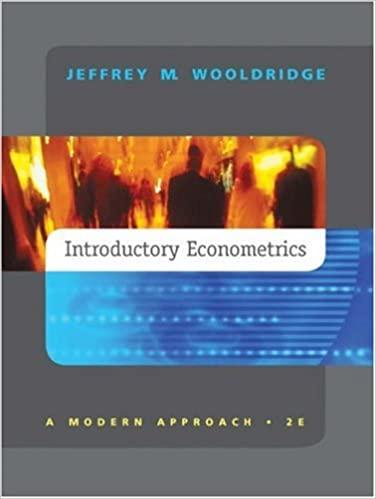Question
Two companies, ABC Co. and DEF Co., can collaborate on the production of candles. DEF Co. produces the candles and ABC Co. packages, sells, and
Two companies, ABC Co. and DEF Co., can collaborate on the production of candles. DEF Co. produces the candles and ABC Co. packages, sells, and ships the candles to clients. If both firms exert optimal effort, the probability is 0.25 that they will generate revenue of $600, which they will split equally.Suppose that effort is observable (in other words, if DEF Co. exerted optimal effort and revenue is not what is expected, then DEF Co. knows that this was due ABC Co.'s shirking). Also suppose that a sub-optimal level of effort from one firm reduces the probability of achieving revenue of $600 to 0.15; whereas, if both firms shirk, the probability is reduced to only 0.10. Assuming that optimal effort costs $35, whereas shirking costs $0, then the one-shot, simultaneous-move game matrix (where payoffs are the expected monetary values) would be:
DEF Co.
Shirk
Optimal Effort
ABC Co.
Shirk
$30,$30
$45,$10
Optimal Effort
$10,$45
$40,$40
Turn the strategic-form game into an extensive-form game with ABC Co. as the first mover and solve by backward induction.
Turn the strategic-form game into an extensive-form game with DEF Co. as the first mover and solve by backward induction.
How much would DEF Co. be willing to pay to change the game from a simultaneous-move to a sequential-move game, in which DEF Co. moves first and ABC Co., after observing DEF Co.'s choice, moves second (reference your answers above)?
Step by Step Solution
There are 3 Steps involved in it
Step: 1

Get Instant Access to Expert-Tailored Solutions
See step-by-step solutions with expert insights and AI powered tools for academic success
Step: 2

Step: 3

Ace Your Homework with AI
Get the answers you need in no time with our AI-driven, step-by-step assistance
Get Started


